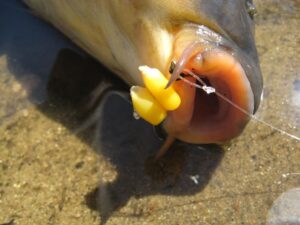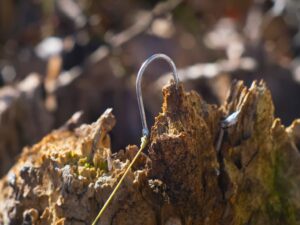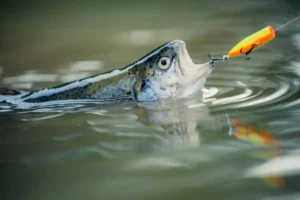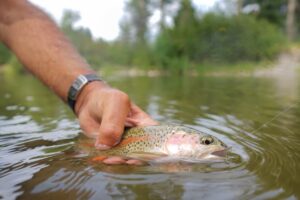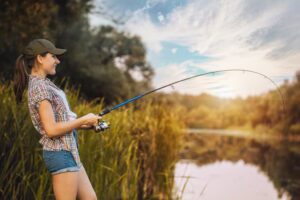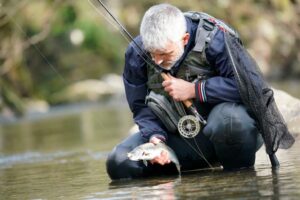10 Tips for Catch-and-Release Fishing
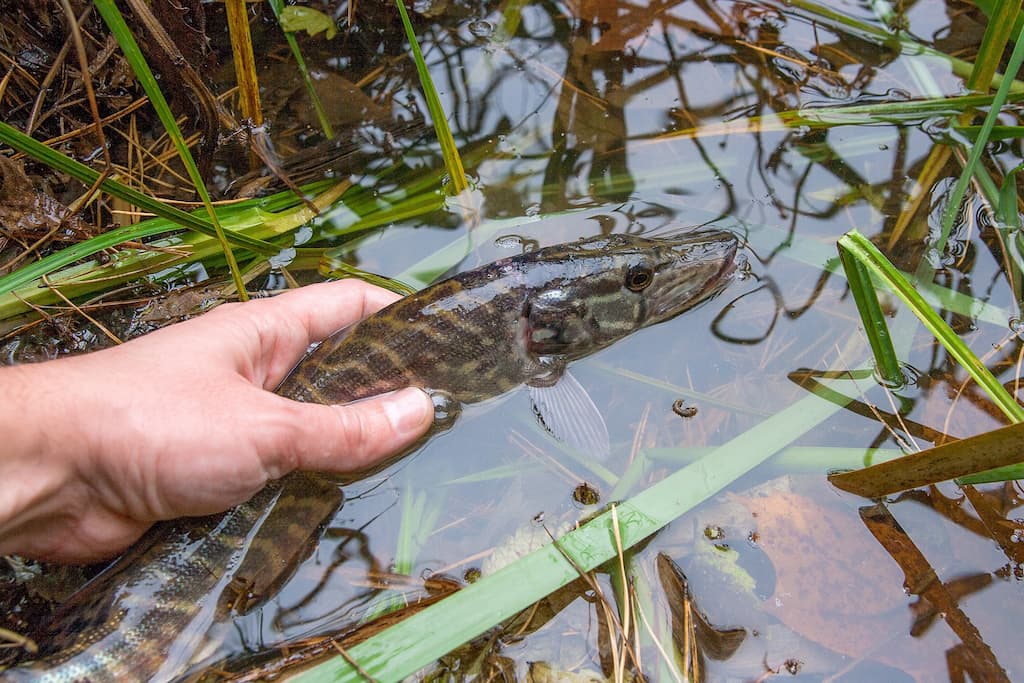
Fishing is a popular recreational activity that allows individuals to connect with nature and test their angling skills. When engaging in catch-and-release fishing, it is crucial to adopt responsible practices to ensure the well-being of the fish.
Catch-and-release fishing involves catching a fish and then releasing it back into the water unharmed. The primary goal is to minimize stress and injuries to the fish, promoting sustainable fish populations and preserving aquatic ecosystems.
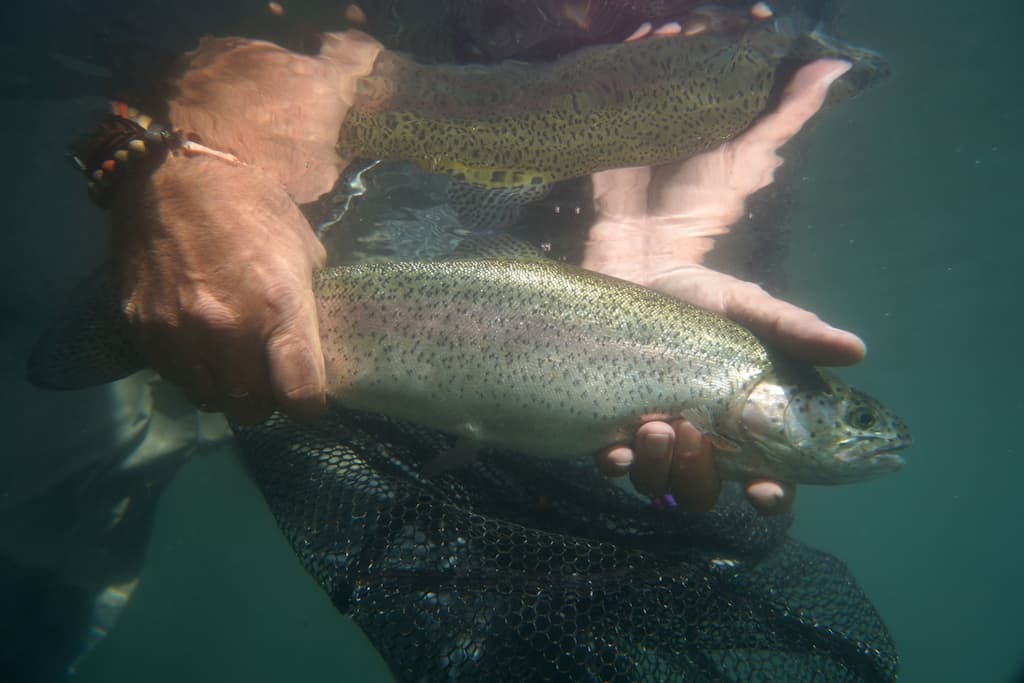
1. Understand Catch-and-Release Fishing
Before embarking on catch-and-release fishing, it is important to familiarize yourself with the principles and objectives of this practice. Educate yourself on the reasons behind catch-and-release fishing and its significance in conserving fish populations.
2. Use the Right Fishing Gear
Using appropriate fishing gear is crucial for successful catch-and-release fishing. Choose fishing rods, lines, and hooks that are suitable for the species you are targeting. Opt for barbless hooks, as they are easier to remove and cause less harm to the fish.
3. Handle Fish with Care
Handle fish with utmost care to minimize injuries and stress. Wet your hands before touching the fish to prevent damaging its protective slime layer. Support the fish gently and avoid applying excessive pressure that could harm its organs.
4. Minimize Air Exposure
Exposing fish to air for prolonged periods can lead to oxygen deprivation and harm their health. Keep the fish in the water as much as possible, only lifting it briefly for quick measurements or photographs.
5. Wet Your Hands Before Handling
Moisten your hands before handling the fish to minimize the removal of its protective slime. This slime helps prevent infections and aids the fish’s movement through water.
6. Remove Hooks Safely
When removing hooks, do so carefully and promptly. Use a pair of pliers or specialized tools to minimize handling time and avoid causing unnecessary harm to the fish. If the hook is deeply embedded, consider cutting the line close to the hook and releasing the fish with the hook still attached.
7. Avoid Using Nets
Nets can cause damage to fish, including tangling their fins and scales. Whenever possible, avoid using nets and instead opt for techniques such as hand-landing or using landing mats to ensure the safety and well-being of the fish.
8. Use Barbless Hooks
Using barbless hooks is highly recommended for catch-and-release fishing. Barbless hooks are easier to remove, reducing the potential for injury to the fish. They also facilitate a quicker and safer release process.
9. Support Fish Properly
Supporting the fish properly during the release is vital. Hold the fish gently and horizontally, providing support beneath its belly and near the tail. This technique distributes the fish’s weight evenly and minimizes stress on its spine.
10. Revive Fish Before Release
Before releasing the fish, allow it to revive and regain its strength. Hold the fish in the water, facing the current if possible, and gently move it back and forth to facilitate water flow over its gills. Ensure the fish is fully revived and able to swim upright before letting it go.
Conclusion
Catch-and-release fishing is an important practice for preserving fish populations and maintaining the health of aquatic ecosystems. By following these ten tips, you can enjoy your fishing experience while minimizing the impact on fish populations and contributing to their long-term sustainability.

